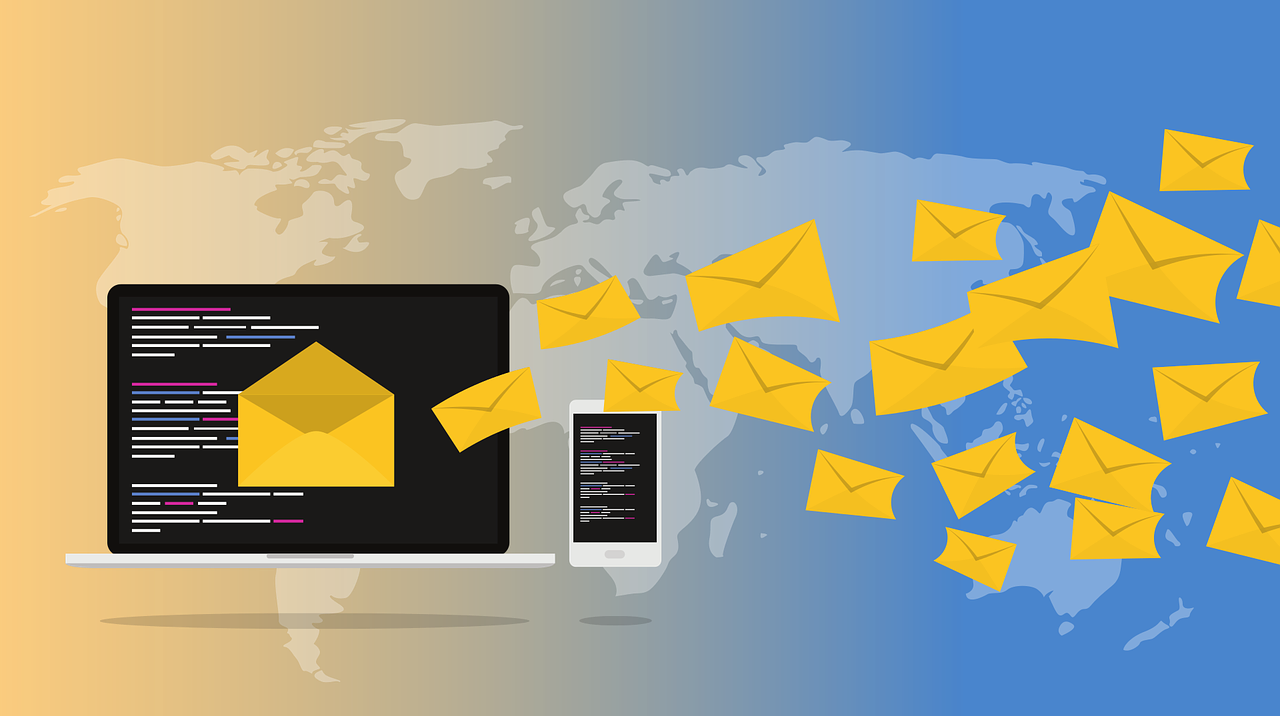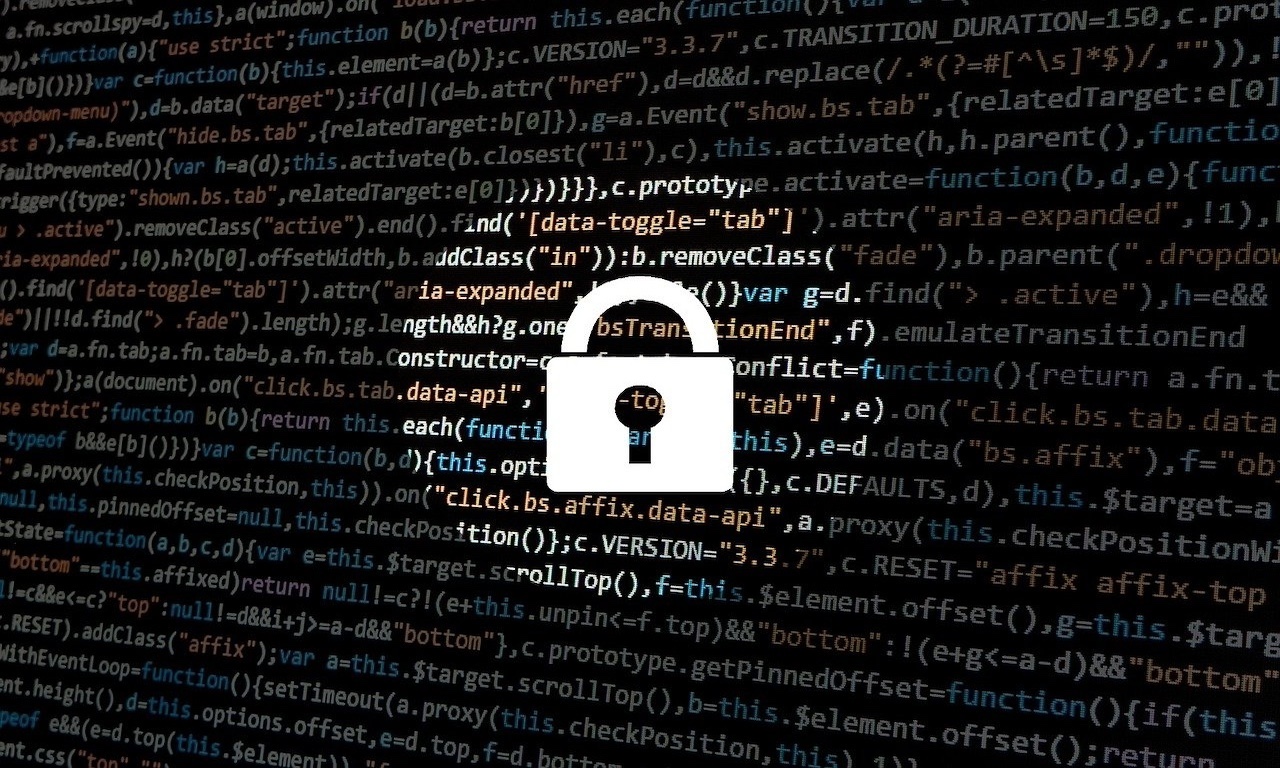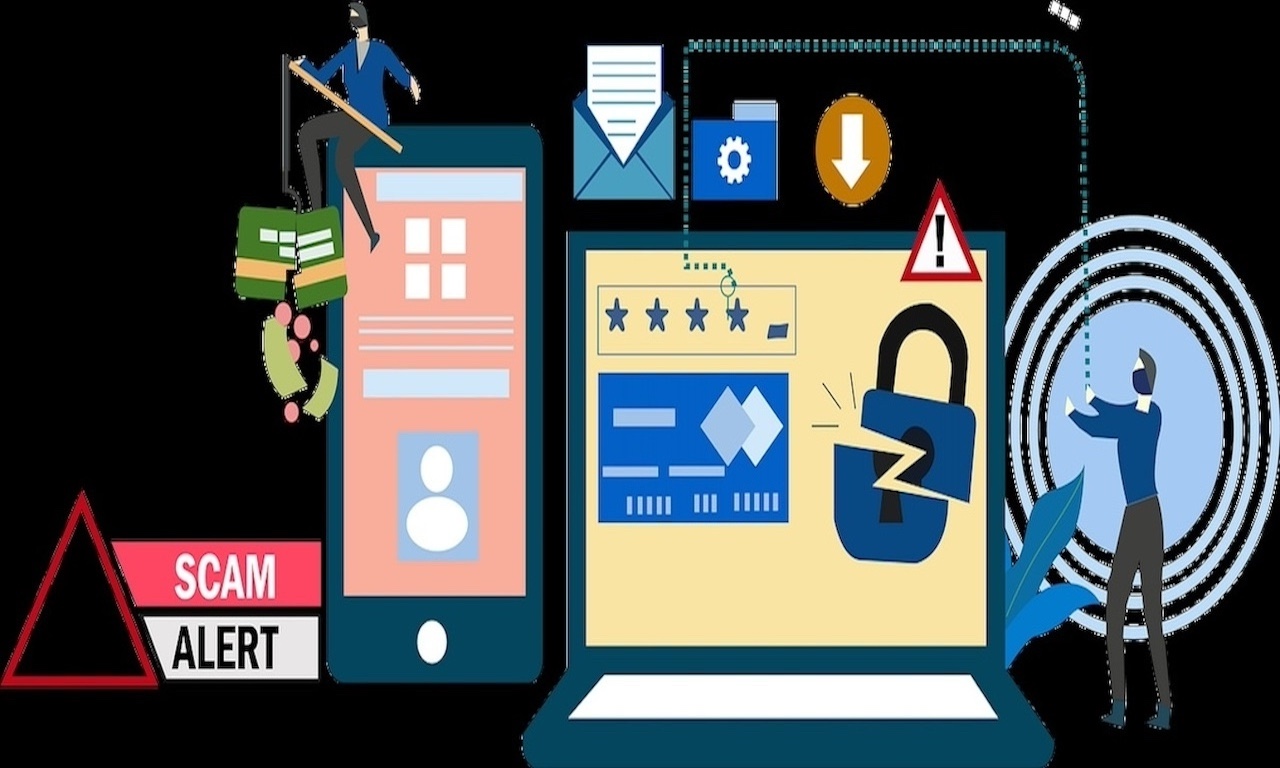Evolution of Computer Malware Attacks

What is Malware?
British National Cyber Security Centre (NCSC), in his latest report, underscores that the rise of AI is expected to amplify both the frequency and severity of cyber attacks in the coming years.
Malware, short for malicious software, a term encompassing malicious software, has been a persistent threat since the dawn of the digital age.
It is an umbrella term for various types of malicious software such as: viruses, ransomware, Trojan horses, adware, worms …
Read also: Types of Computer Security Threats
From its humble beginnings as a fake ransomware prank to sophisticated tools capable of global disruption, malware's evolution reflects the changing landscape of technology and the ever-growing value of data.
When Was Malware Created
The story of malware arguably begins in the 1970s with the "Creeper" program, a self-replicating worm that spread across ARPANET, the precursor to the internet.
Though not malicious in intent, it served as a wake-up call to the potential vulnerabilities of interconnected systems.
This can be seen as a foundational concept for later malware.
“Brain” was a boot sector virus that infected floppy disks and is considered the first widespread IBM PC virus. It actively modified the boot sector code, potentially preventing users from accessing their computers.
Brain's impact was relatively limited. However, it marked the beginning of a trend where malware actively caused harm and disruption.
The 1980s saw the rise of the "Morris Worm" the first to exploit widespread vulnerabilities in a network (the internet) and cause significant disruption.
These early instances were often created by curious programmers or disgruntled individuals, showcasing the potential for harm but lacking the sophistication of modern malware.
How Has Malware Evolved
Personal Computers
The widespread adoption of personal computers in the 1990s provided a fertile ground for malware to grow. "Polymorphism," the ability of malware to change its code with each infection, made detection difficult.
Social engineering tactics, like phishing emails with fake attachments, emerged, exploiting human trust to trick users into installing malware.
This era also saw the rise of "ransomware," which locked users out of their systems and demanded payment for decryption.
The Internet Age
The internet's explosive growth in the late 1990s and early 2000s provided a global platform for malware distribution.
Worms like "Code Red" and "SQL Slammer" targeted vulnerabilities in widely used software, causing widespread outages.
Botnets, networks of compromised computers controlled by a single entity, emerged as powerful tools for launching coordinated attacks.
Spyware, designed to steal personal information like passwords and browsing history, became a significant threat.
Financial gain became a primary motivator for cybercriminals, leading to the Advanced Techniques
Advanced Persistent Threats (APTs) emerged, employing sophisticated techniques like social engineering, zero-day vulnerabilities (previously unknown flaws), and custom malware to target specific organizations and steal sensitive data.
Modern Malware Risks
Mobile
The rise of smartphones and tablets in the 2010s broadened the malware landscape. Malicious mobile apps designed to steal data or display intrusive ads became commonplace.
Malicious mobile apps, also known as malapps, disguise themselves as legitimate applications but harbor harmful intentions. They can steal your data, disrupt your phone's functionality, or even cost you money.
Types of Malicious Mobile Apps:
Data Stealers
These apps lurk in the background, collecting sensitive information like passwords, contact lists, browsing history, and even financial details. This information can be used for identity theft, financial fraud, or targeted attacks.

Spyware
These apps act as hidden eyes and ears, monitoring your phone's activity. They can record calls, track your location, and even access your camera or microphone without your knowledge. Premium Dialers These apps can dial premium-rate numbers in the background, racking up significant charges on your phone bill without your consent.
SMS Trojans
These apps can send and receive SMS messages without your knowledge, often subscribing you to premium services or sending spam messages to your contacts.
Ransomware
Similar to computers, ransomware apps can lock you out of your phone and demand a ransom payment to regain access. This can be particularly stressful as your phone likely contains essential information and communication tools.
Fake Apps
These apps masquerade as popular or useful applications, but once downloaded, they install malware, steal data, or display intrusive ads.
Clickware
These apps bombard you with excessive ads, often redirecting you to malicious websites or tricking you into clicking on unwanted links that can download more malware.
Cryptojackers
These apps hijack your phone's processing power to mine cryptocurrency for the app developer's benefit, draining your battery and impacting performance.
Botnet Builders
These apps turn your phone into a "bot" that can be used to launch attacks on other devices or networks, potentially damaging your reputation and even leading to legal trouble (though this is uncommon).
Internet of Things
The emergence of the Internet of Things (IoT), with billions of interconnected devices, presents a new set of security challenges.
These devices are often poorly secured and can be exploited by malware to launch large-scale attacks or infiltrate networks.
IoT malware, malicious software targeting these devices, poses significant risks that can impact individuals, businesses, and even critical infrastructure.
Here's a breakdown of the main risks associated with IoT malware:
Large Attack Surface
The sheer number and variety of IoT devices – from smart speakers to industrial control systems – create a vast attack surface for malware. These devices often have limited processing power and weak security features, making them easy targets for exploitation.
Lack of Security Updates
Many IoT devices receive infrequent or no security updates, leaving them vulnerable to known exploits. Patching vulnerabilities becomes a challenge due to the sheer volume of devices and the difficulty of physically updating them.
Botnet Formation
IoT malware can turn compromised devices into "bots" – controllable machines within a larger botnet. These botnets can be used to launch large-scale Denial-of-Service (DoS) attacks, disrupting critical services or websites.
Data Breaches
IoT devices often collect sensitive data, like home security footage or industrial control system readings. If infected with malware, this data can be stolen and used for malicious purposes.
Physical Harm
In the case of critical infrastructure, like power grids or medical devices, malware can cause physical harm. Imagine a scenario where malware disrupts the power grid or alters medication dosages – the consequences can be severe.
Privacy Invasion
Smart home devices with cameras or microphones can be compromised by malware, potentially exposing your private life to hackers.
Supply Chain Attacks
Malware can be introduced into devices at the manufacturing stage, creating a hidden threat that's difficult to detect.
Cascading Effects
An attack on one device can have a domino effect, compromising other interconnected devices within a network, potentially leading to widespread disruption.
Artificial intelligence (AI) Use in Malware
The future of malware remains uncertain, but several trends are likely to continue. Artificial intelligence (AI) could be used to create more sophisticated malware capable of evading detection and adapting to new environments.
The increasing reliance on cloud computing could lead to targeted attacks on cloud infrastructure.
Use of AI to Create Malware:
Automating Malware Development
AI can automate tasks in malware creation, making it faster and easier for cybercriminals to develop new variants and exploit vulnerabilities.
Generating Evasive Code: AI can be used to generate obfuscated and polymorphic malware code that is difficult for traditional antivirus software to detect. This "chameleon-like" behavior allows malware to bypass signature-based detection methods.
Social Engineering and Phishing
AI can be used to personalize phishing emails and social media scams, making them more believable and increasing their success rate. AI can analyze social media profiles and tailor messages to specific targets, exploiting their vulnerabilities.
Zero-Day Exploit Discovery:
AI can be used to analyze vast amounts of data and identify previously unknown vulnerabilities (zero-day exploits) that can be exploited by malware
Use of AI to Detect and Prevent Malware:
Advanced Threat Detection
AI can be used to analyze network traffic, system logs, and user behavior to identify suspicious patterns that may indicate malware activity. Machine learning algorithms can learn from past data to improve their ability to detect new and evolving threats.
Sandboxing Analysis
AI can be used to analyze suspicious code in a secure sandbox environment, allowing security professionals to understand its behavior and potential impact without risking a real-world infection.
Behavioral Analysis
AI can analyze how programs behave on a system, looking for deviations from normal activity that might indicate malware infection.
Predictive Analytics
AI can be used to predict future malware attacks by analyzing trends in cybercrime activity and identifying potential targets.
Time to Discover Malware
The timeframe for how long it takes before discovering malware can vary greatly, ranging from immediate detection to months or even years.
Factors affecting how long it takes to discover malware are type and detection methods:
Type of Malware:
Zero-Day Exploits
Previously unknown vulnerabilities exploited by malware can take the longest to discover. Security researchers or automated systems may have no prior knowledge of how to identify them.
Signature-Based Malware
Malware with well-defined signatures (unique patterns) can be detected by antivirus software relatively quickly, sometimes within hours or even minutes.
Advanced Persistent Threats (APTs)
These sophisticated attacks often evade detection for long periods, sometimes months or even years. They employ techniques like social engineering, custom malware, and targeted attacks that bypass traditional defenses.

Detection Methods:
Signature-Based Detection
This traditional method relies on identifying known malware patterns. It's fast but can miss new or sophisticated variants.
Behavioral Analysis
This method analyzes program behavior on a system to identify suspicious activity. It can detect new threats but may generate false positives.
Sandboxing
Analyzing suspicious code in a safe environment allows for closer examination but can be time-consuming.
Threat Intelligence
Sharing information about known threats between security researchers and organizations can lead to faster detection of similar attacks.
Emerging Threats
Quantum computing, while still in its early stages, could potentially break the encryption used to secure data, making it even more vulnerable to malware attacks.
Cryptojacking, the hijacking of computing power for cryptocurrency mining, became a new method for cybercriminals to generate illicit profits.
Malware Protection
Keep Software Updated: Install the latest security patches for your operating system and applications to address known vulnerabilities.
Use a Reputable Antivirus: Use a reputable antivirus solution with real-time scanning and automatic updates to detect and block common malware threats.
Be Cautious Online: Be wary of suspicious emails, links, and attachments. Practice Safe Browsing Habits: Avoid visiting untrusted websites or downloading files from unknown sources.
Stay Informed: Keep yourself updated on the latest cybersecurity threats and best practices.
Conclusion
Malware's ever-evolving nature mirrors the advancements in technology and the ever-increasing value of data in our digital world.
Understanding the history and motivations behind malware development empowers both security professionals and users to stay ahead of the curve.
Security professionals can leverage this knowledge to develop more robust defenses, incorporating cutting-edge technologies like AI and threat intelligence. Users can adopt safe practices like keeping software updated, practicing online caution, and recognizing phishing attempts.
Read also: How to Detect Phishing Attacks
However, the fight against malware is a continuous marathon, not a sprint. As attackers leverage AI and automation, so too must the security industry.
Collaboration between individuals, organizations, and governments is crucial to share information, develop best practices, and foster a more secure digital ecosystem.
By staying informed, vigilant, and adapting our strategies, we can collectively mitigate the ever-present threat of malware and safeguard our data, privacy, and critical infrastructure in the digital age.
Recommended Posts

Avoid using the same password for multiple accounts. The longer the password, the harder it is to crack. Aim for at least 12 characters.
Read More

How to Detect Phishing Attacks. Learn top 10 tips to spot phishing emails and protect yourself from online scams.
Read More

Privacy, once a concept centered around physical space and control over personal information, has undergone a dramatic transformation in the digital age.
